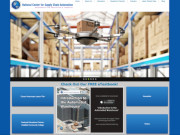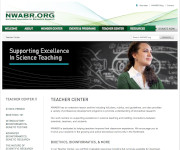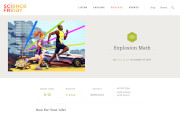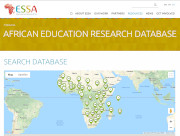
National Center for Supply Chain Automation
supplychainautomation.com
The National Center for Supply Chain Automation (SCA) leadership team includes Norco College (lead college in Norco, CA); Sinclair Community College (Dayton, OH); Oakton Community College (Des Plaines, IL); and Central Piedmont Community College (Charlotte, NC).
A supply chain technician is a person who installs, operates, supports, upgrades, or maintains the automated material handling equipment and systems that support the supply chain. The supply chain encompasses literally every commercial enterprise with a tangible product to move, store, or deliver. The National Center for Supply Chain Automation (SCA) informs the public and increases the visibility of this high-growth career opportunity that is so crucial to so many different industries.
Labor market data indicates that there will be approximately 770,000 job openings throughout the US for supply chain technicians 2015-2025. Starting wages for technicians can be as high as $17-$25 per hour ($35,000-$52,000 annually) and with advanced work experience, technicians can earn as much as $42 per hour ($87,000 annually).
SCA's mission is to increase the number of highly-qualified supply chain technicians in the workforce by helping educational institutions across the US establish programs that train supply chain technicians. We accomplish this by providing valuable instructional resources and technical assistance at no cost.







